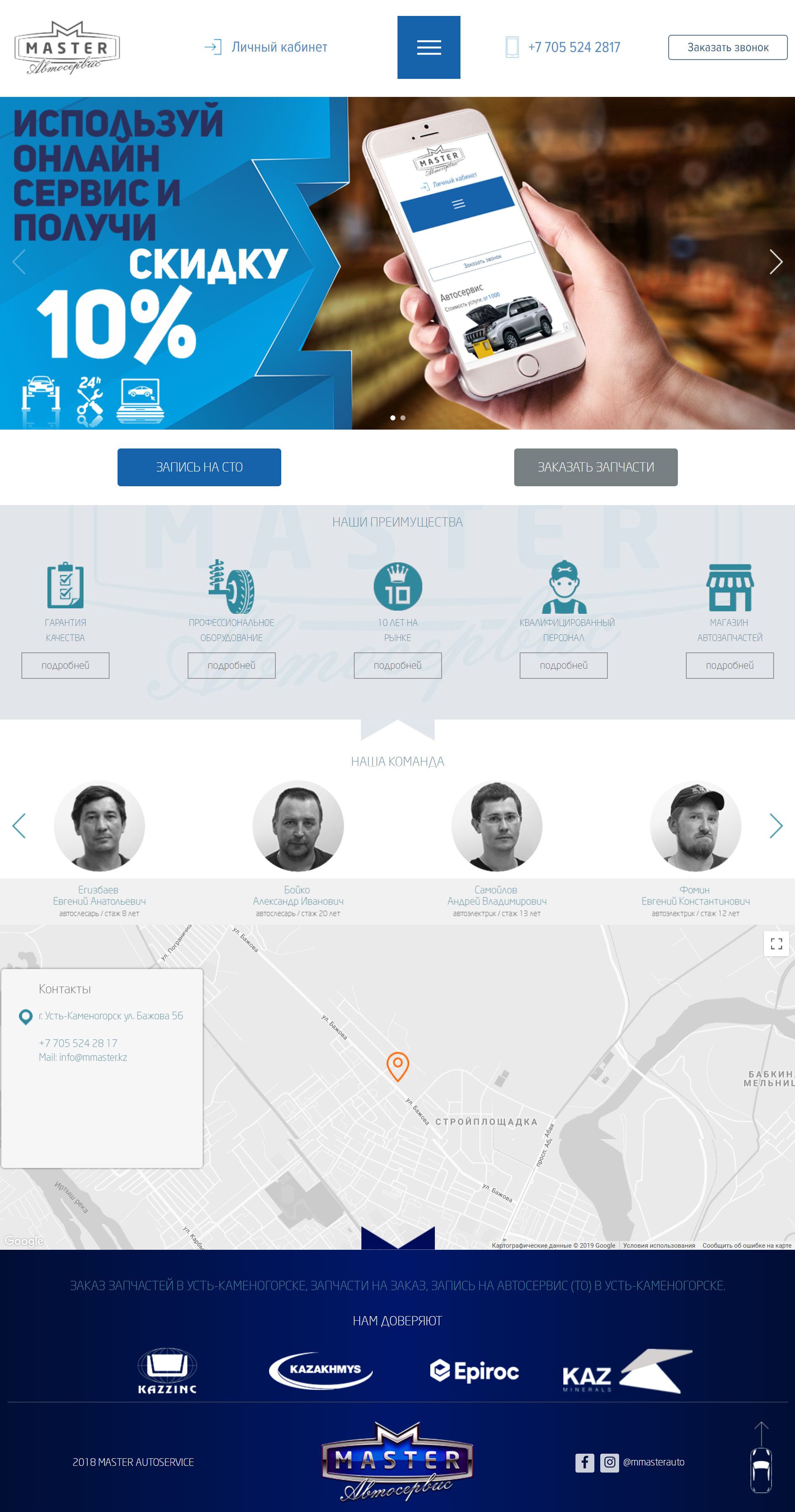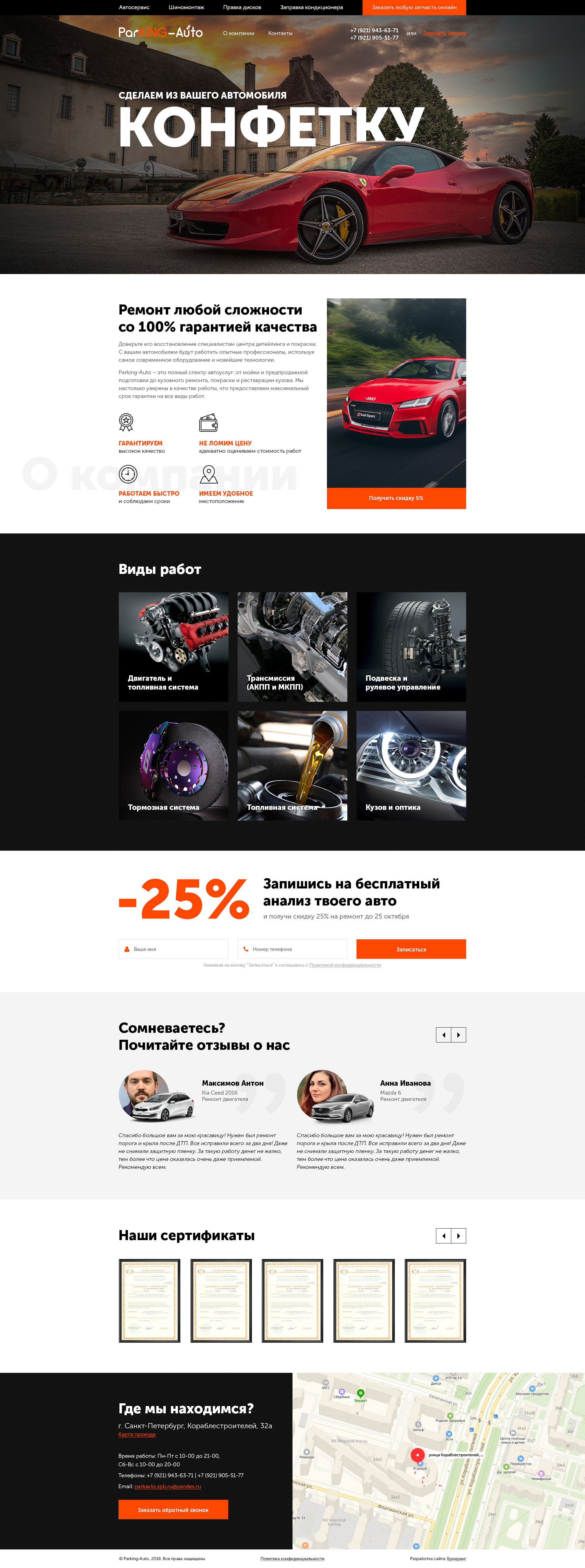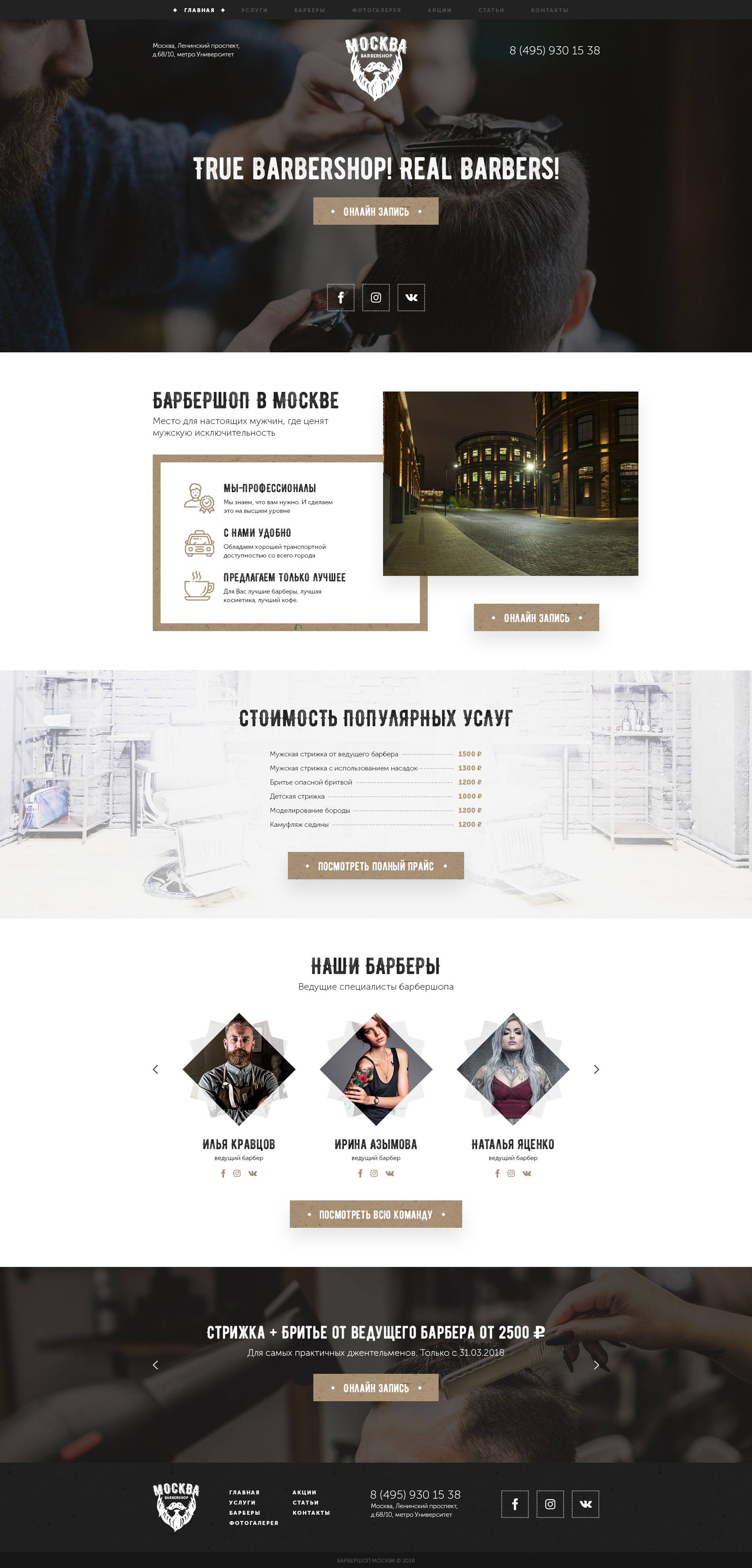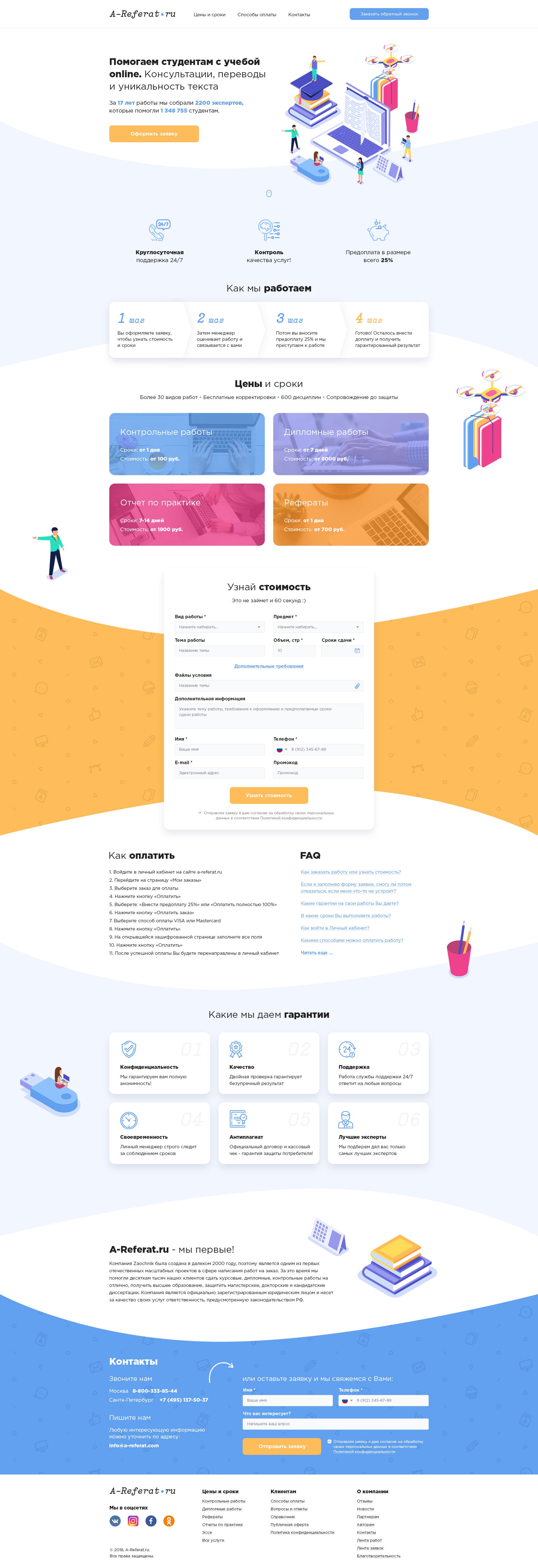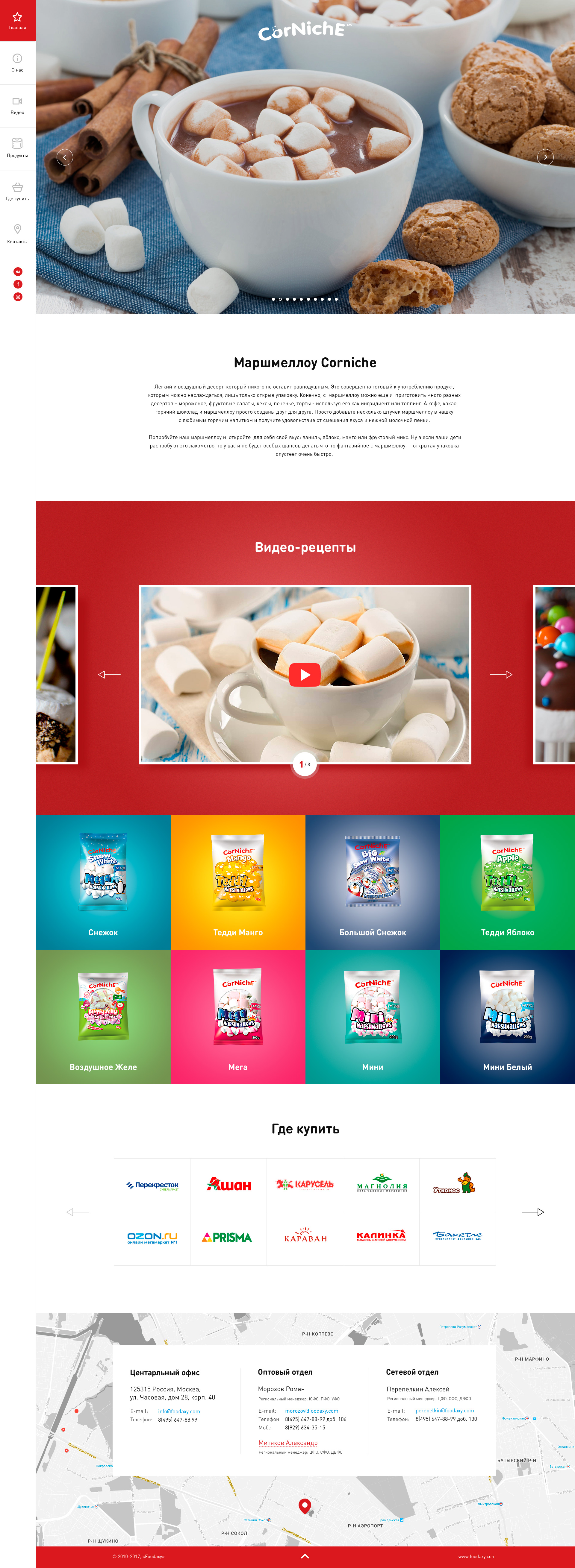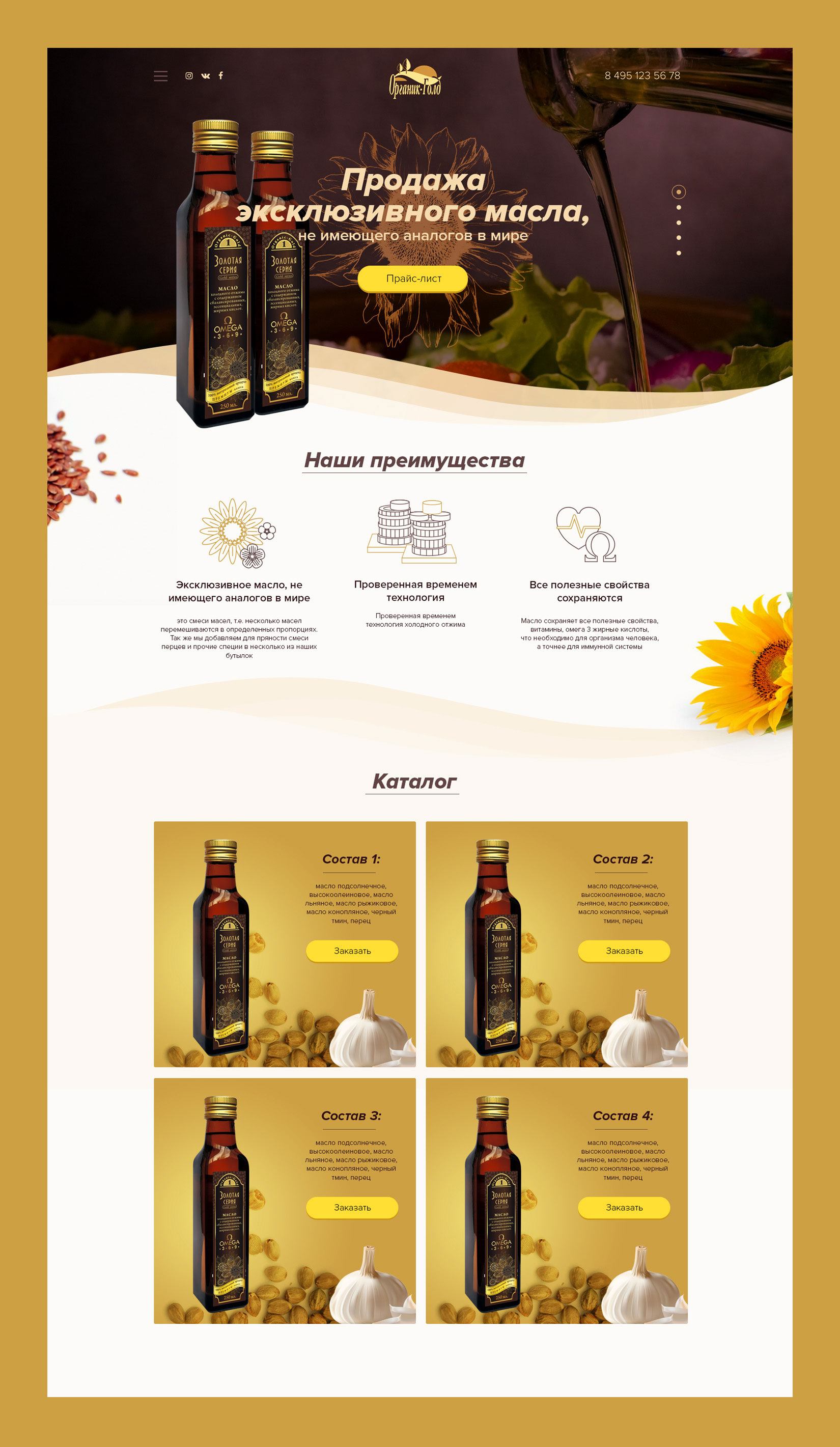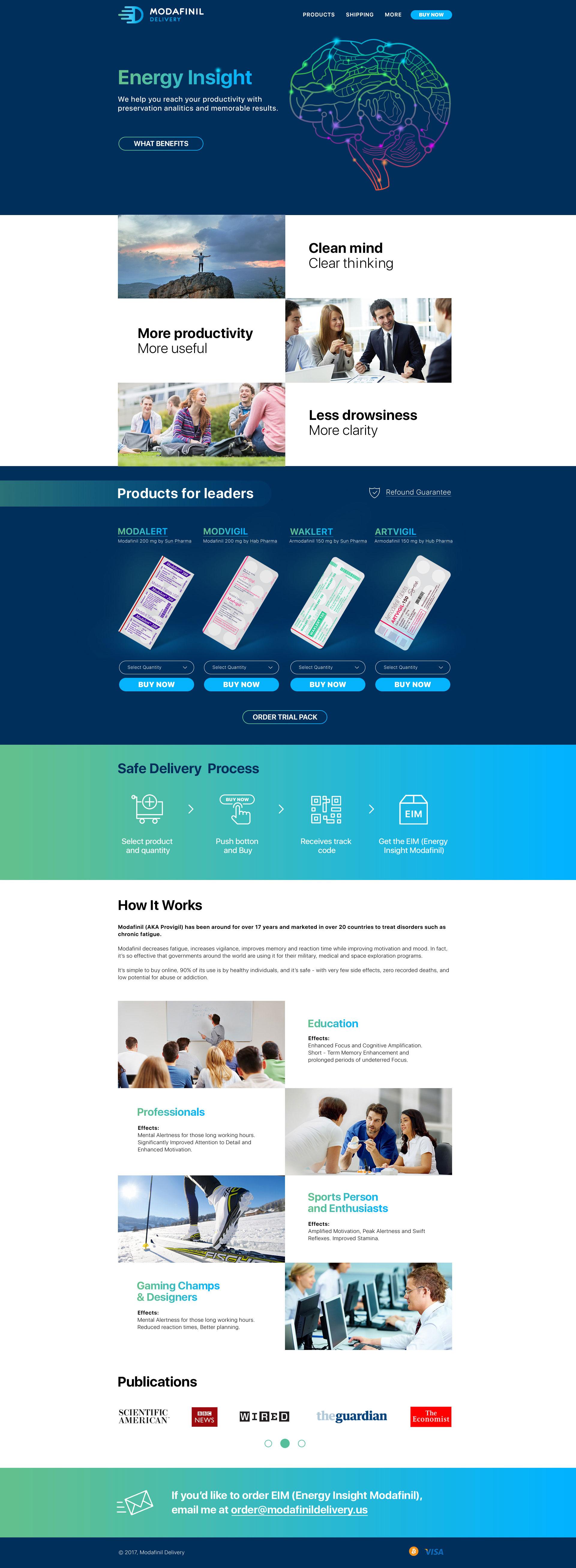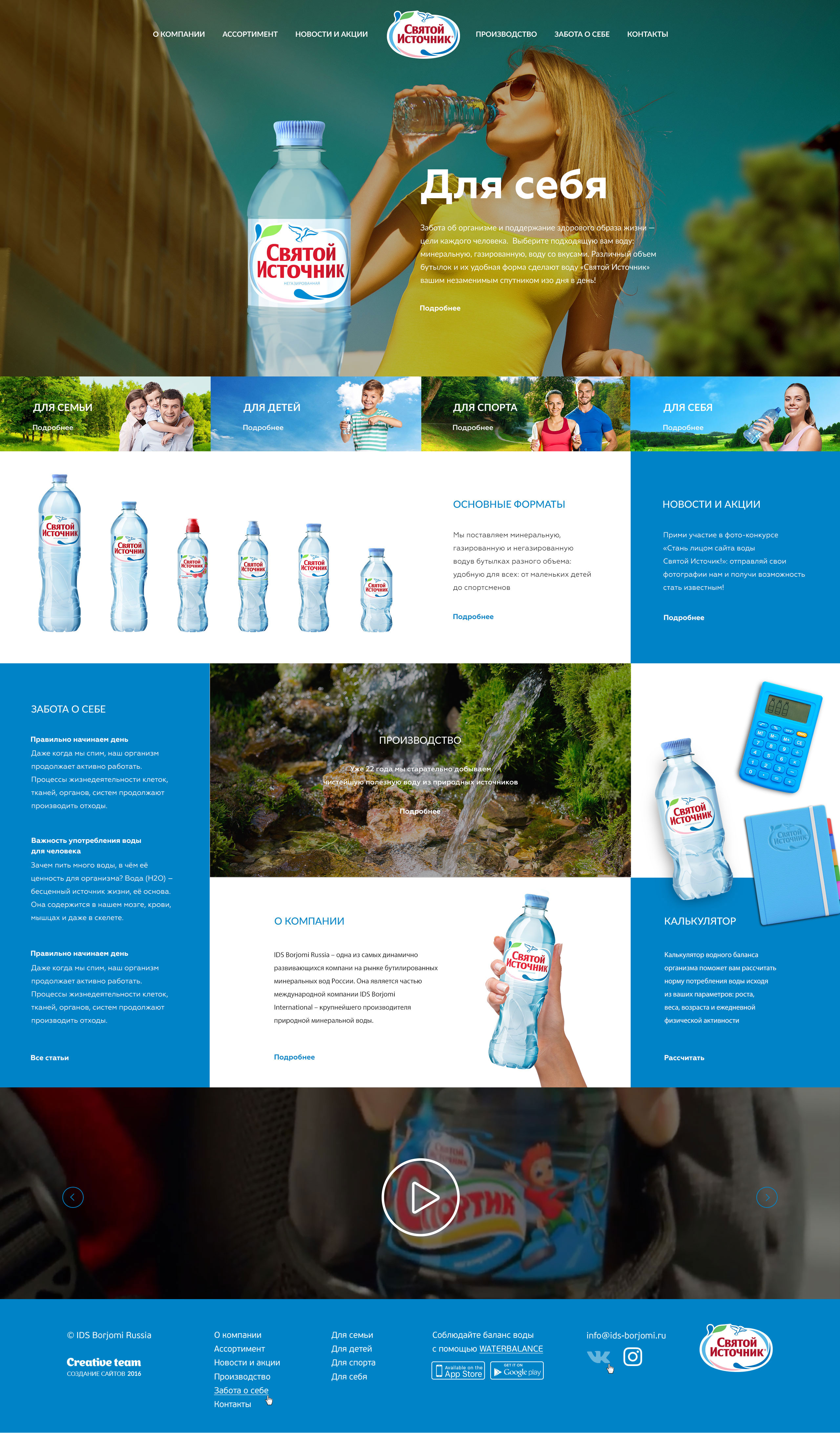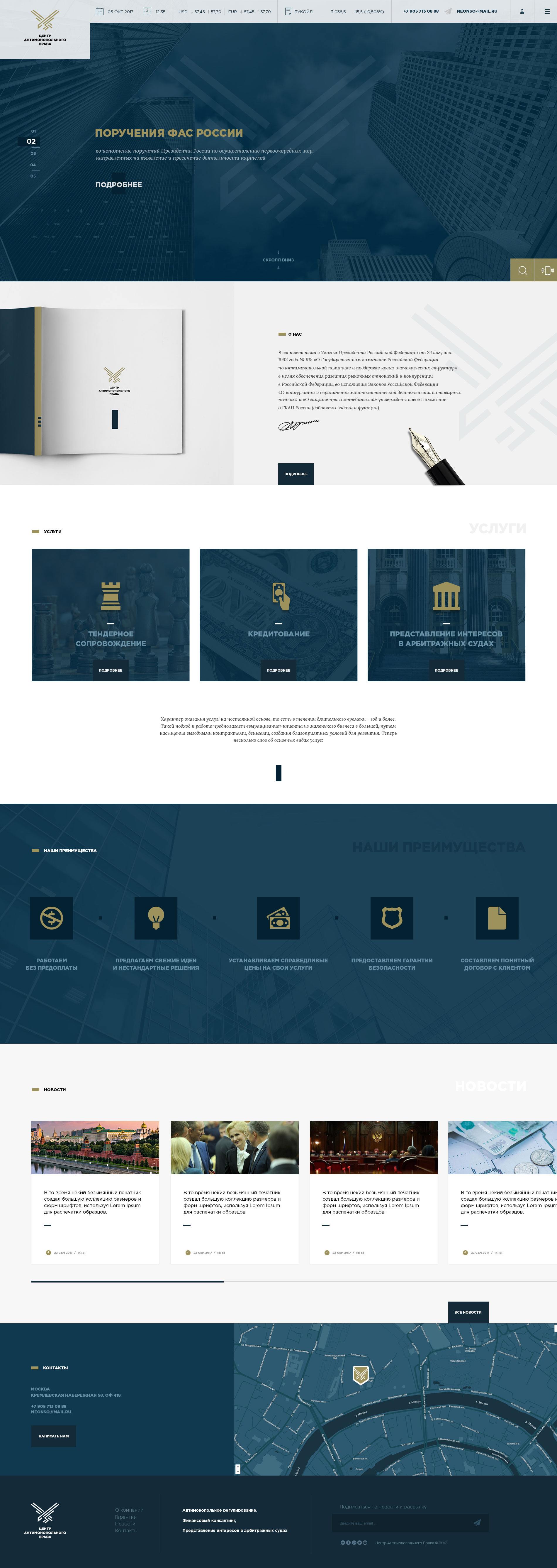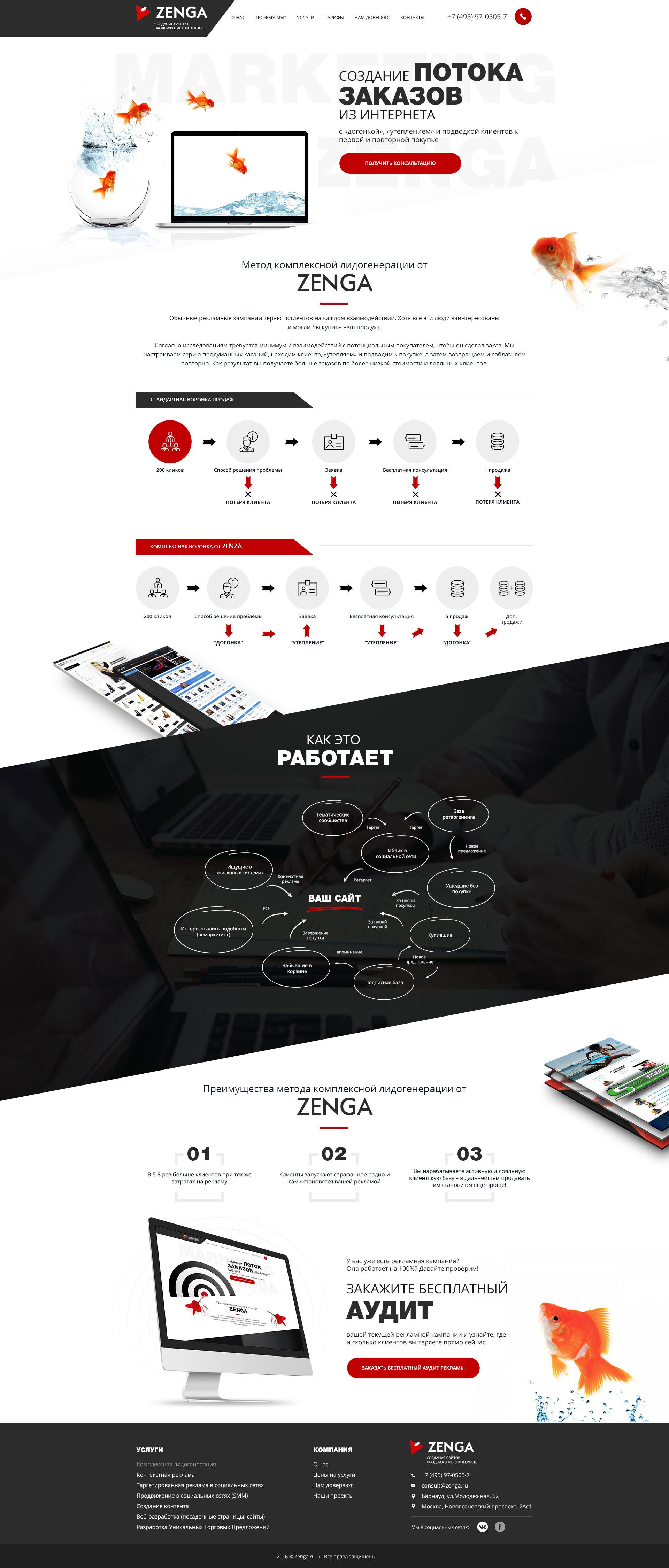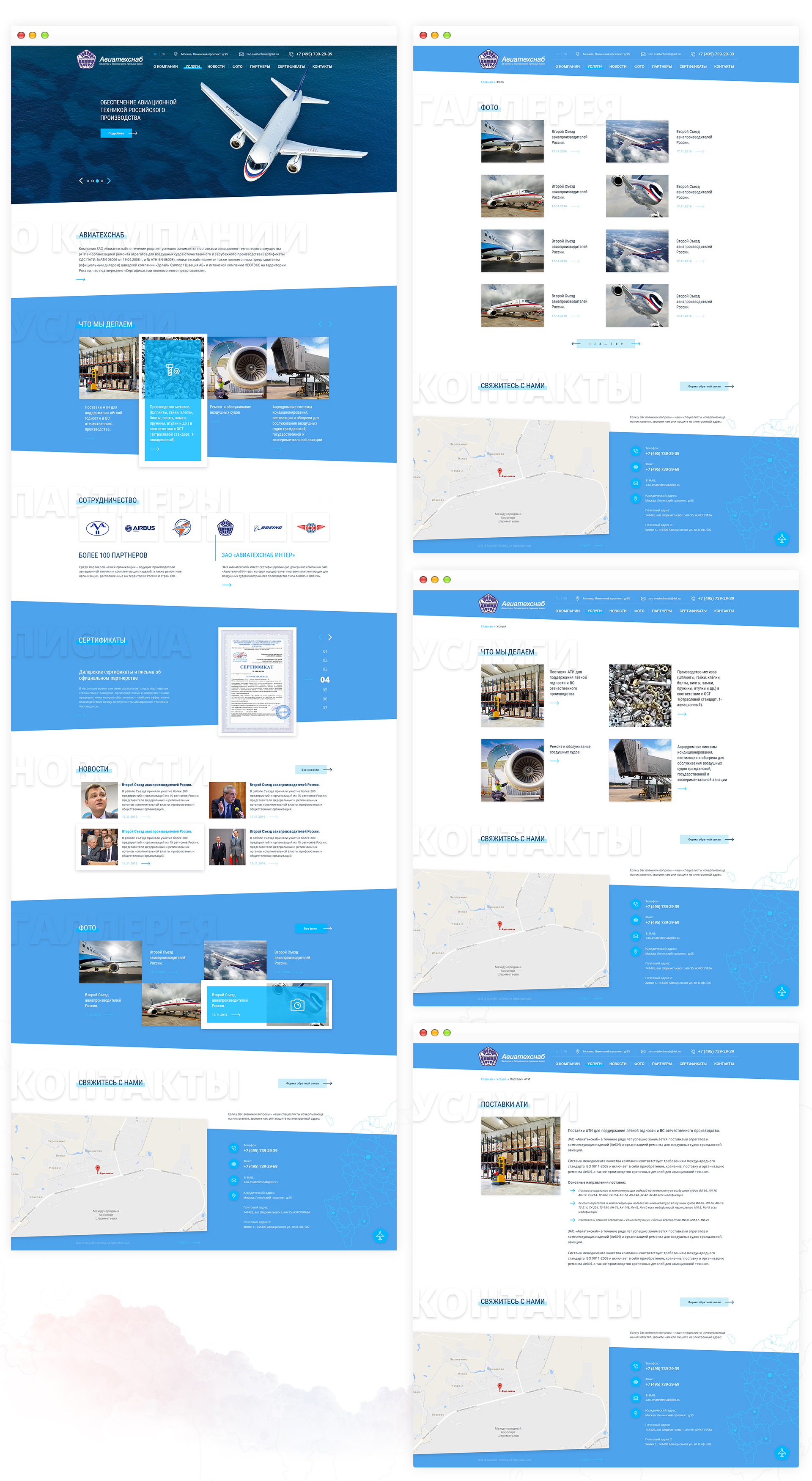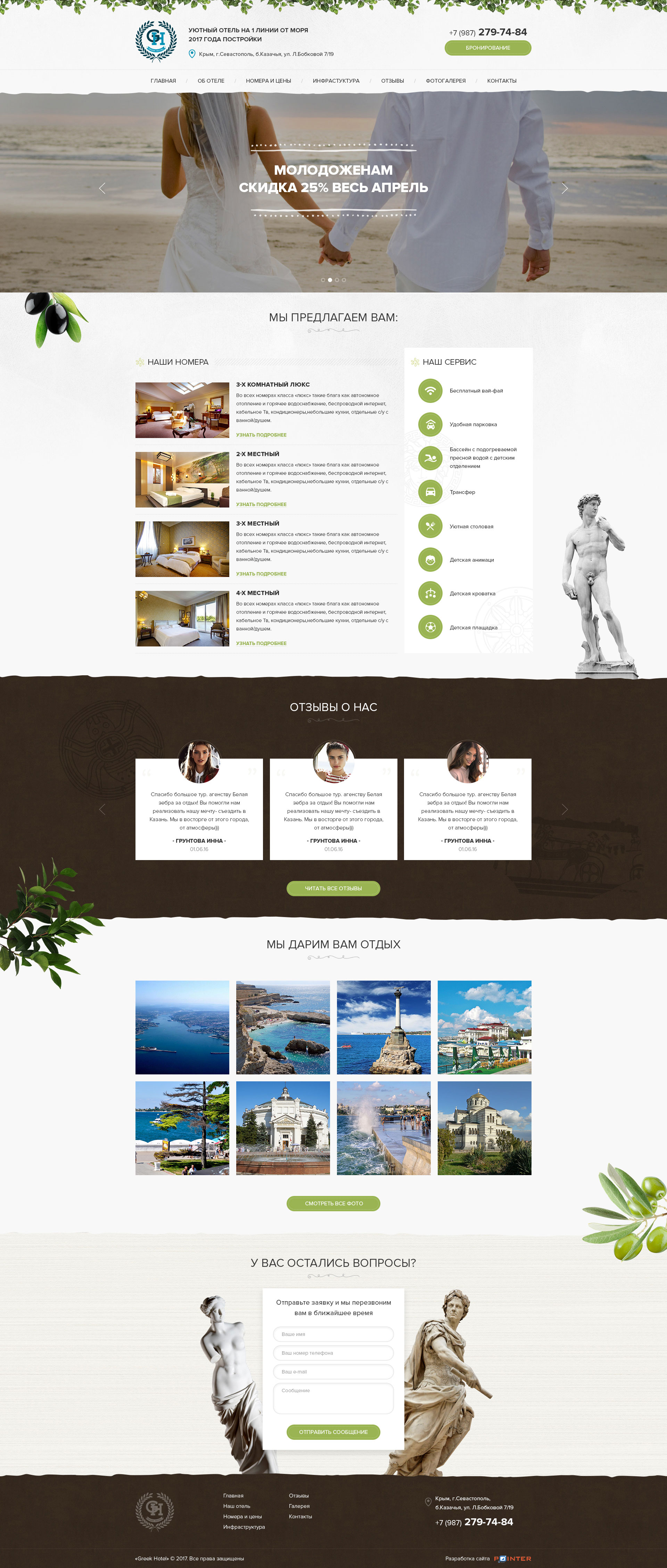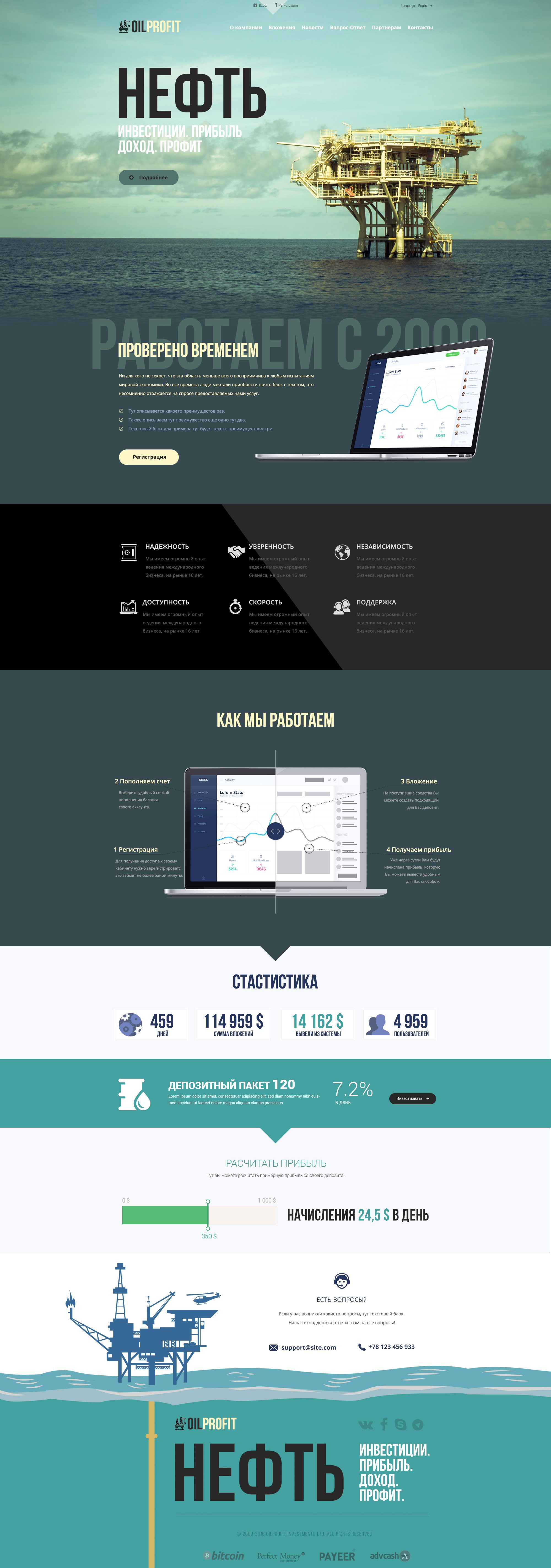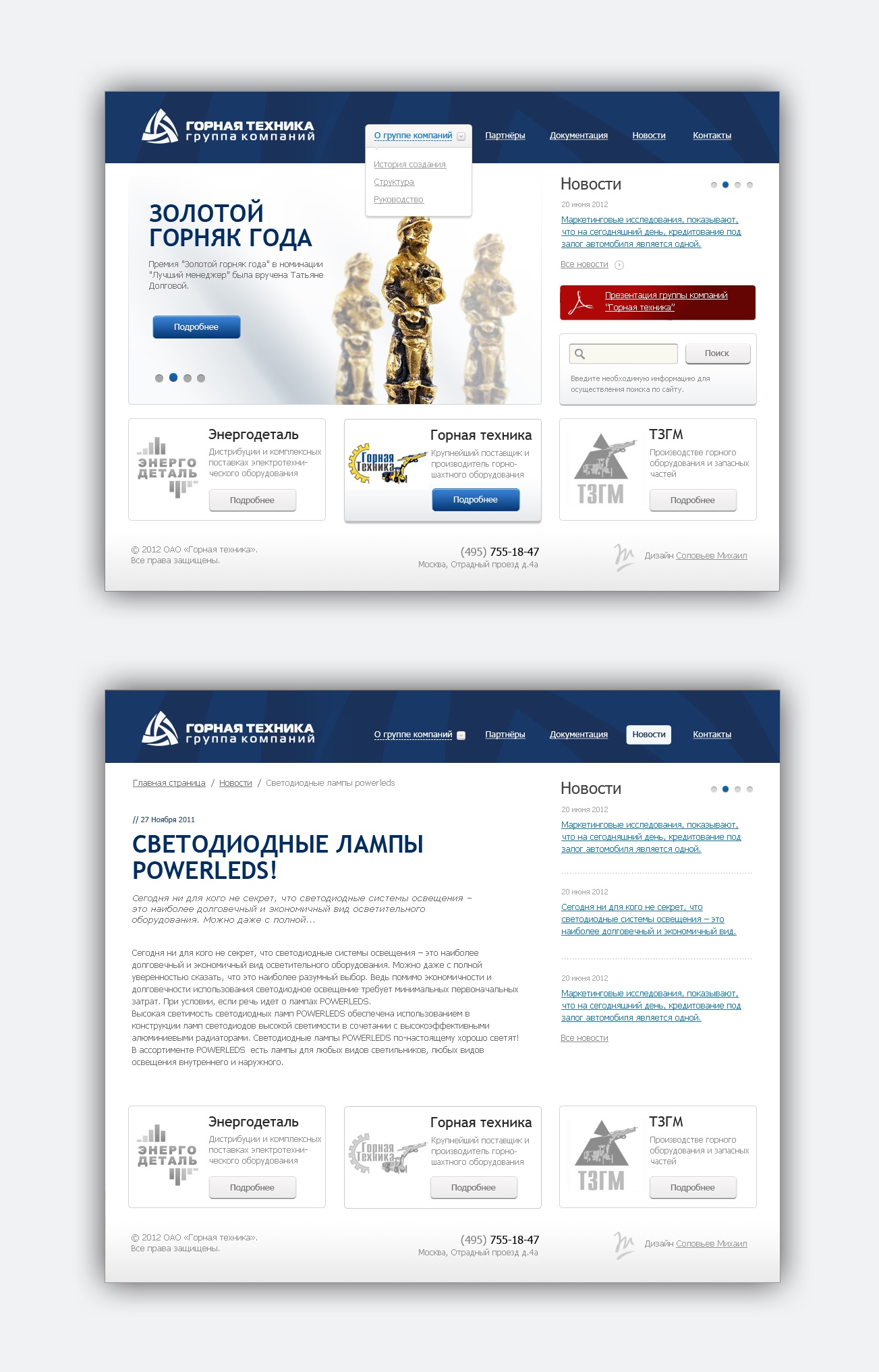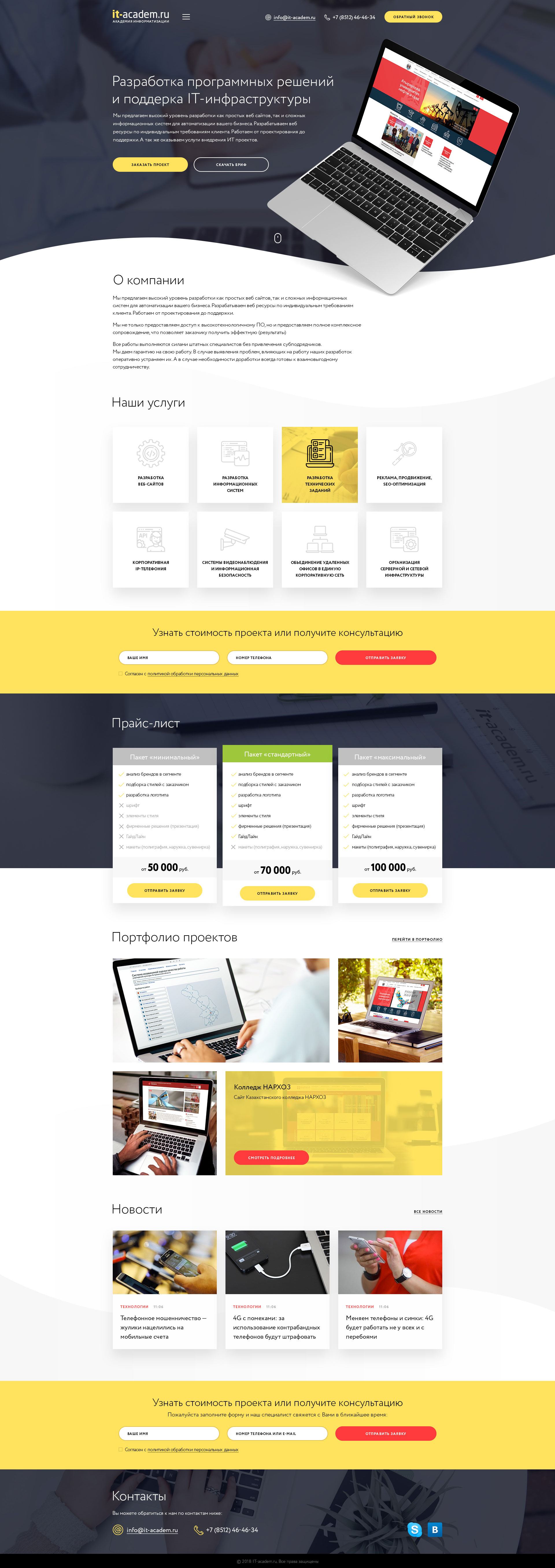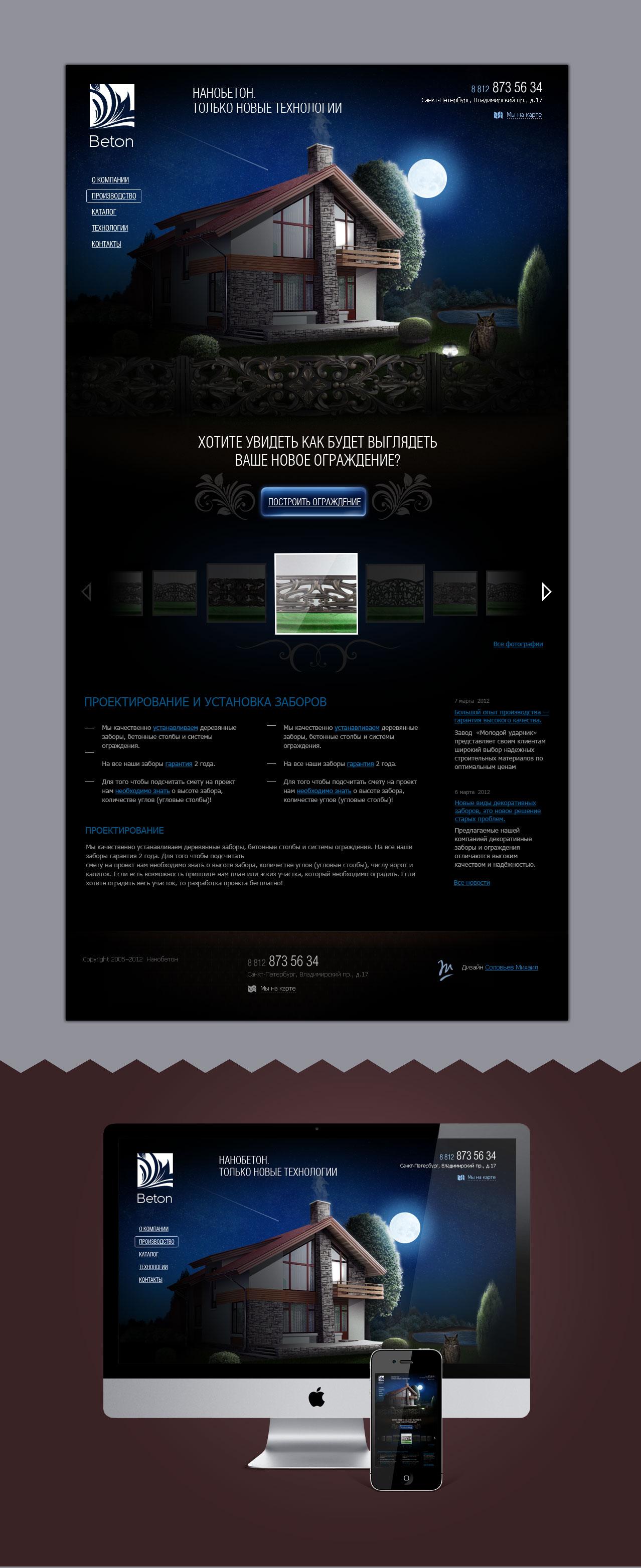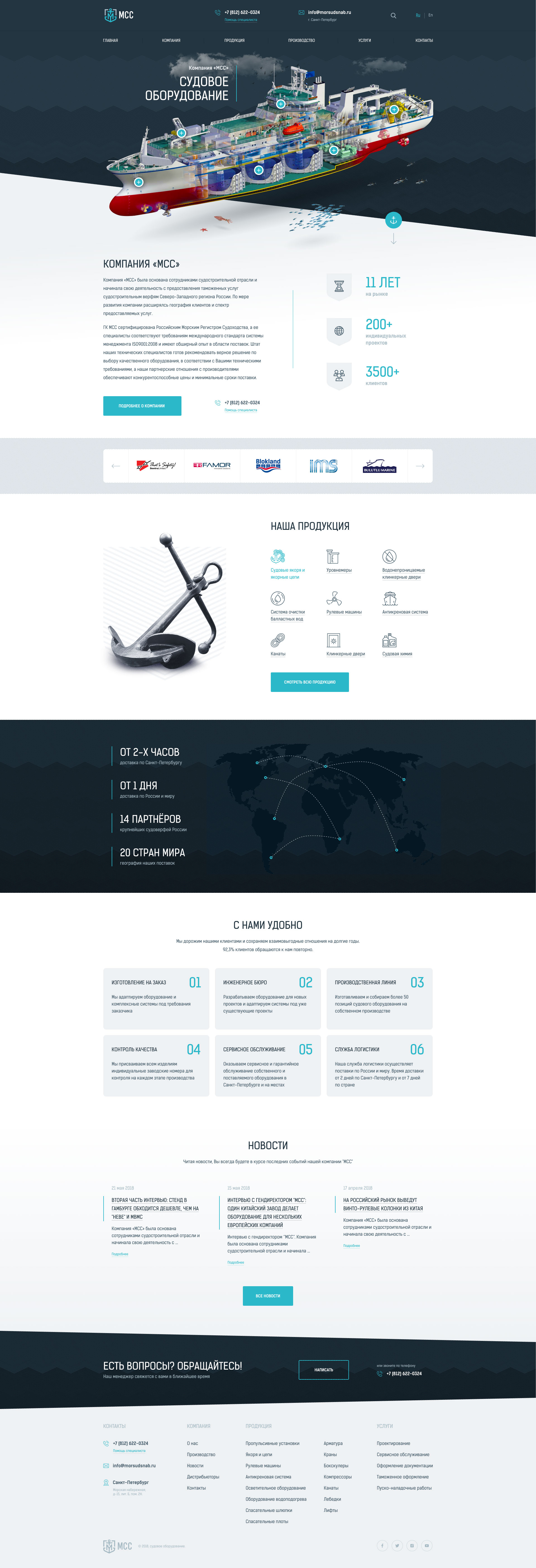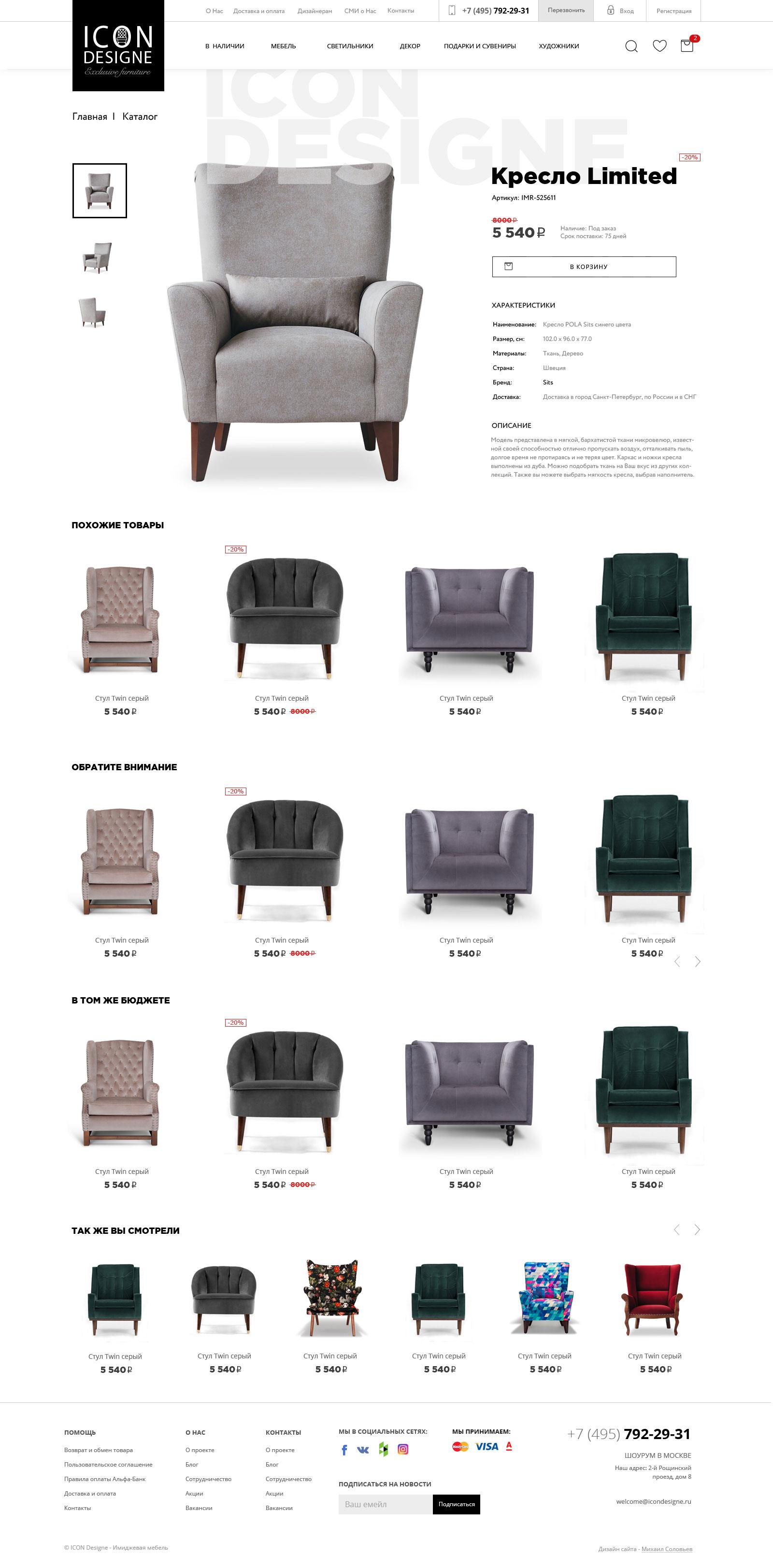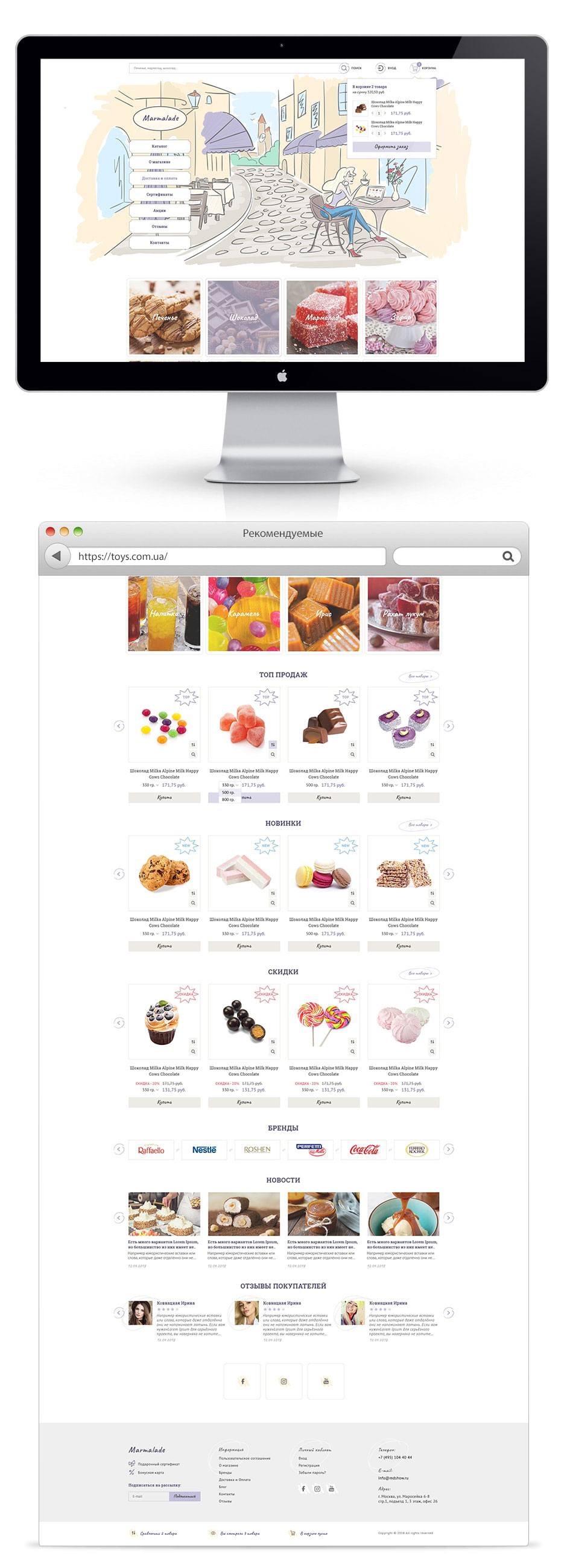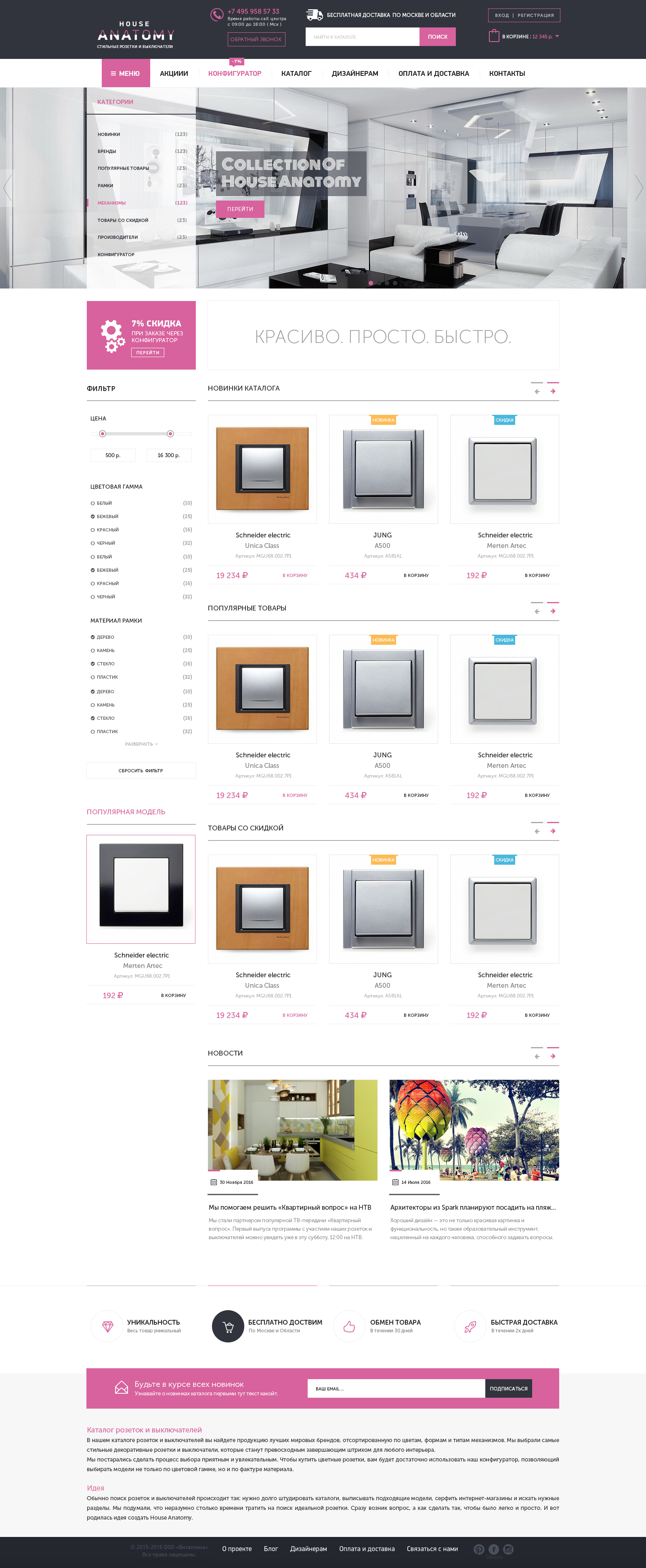10 Effective Strategies for Designing a High-Converting Landing Page
Landing pages play a crucial role in converting website visitors into leads or customers. A well-designed landing page can significantly increase your conversion rates and help you achieve your marketing goals. In this article, we will discuss 10 effective strategies for designing a high-converting landing page.
1. Keep it simple and focused: A clutter-free landing page with a clear and concise message is more likely to grab the attention of your visitors. Avoid overwhelming them with too much information or distracting elements.
2. Use a compelling headline: Your headline should immediately capture the interest of your visitors and convey the value proposition of your offer. Make it clear and persuasive to encourage them to stay on your page.
3. Create a strong call-to-action: A call-to-action (CTA) is a crucial element of a landing page. It should be prominently displayed and clearly communicate what action you want your visitors to take. Use action-oriented words and make it visually appealing.
4. Use persuasive copy: The copy on your landing page should be persuasive and highlight the benefits of your offer. Focus on how your product or service can solve a problem or fulfill a need for your visitors. Use bullet points or subheadings to make it easy to scan.
5. Use high-quality visuals: Visual elements such as images or videos can help convey your message more effectively. Use high-quality visuals that are relevant to your offer and support your value proposition.
6. Optimize for mobile devices: With the increasing use of smartphones and tablets, it is essential to ensure that your landing page is mobile-friendly. Optimize the layout and design to provide a seamless experience for mobile users.
7. Build trust and credibility: Include trust signals such as customer testimonials, reviews, or trust badges to build credibility. People are more likely to convert if they trust your brand and feel confident in their decision.
8. Use social proof: Social proof is a powerful tool in persuading visitors to take action. Display the number of customers, subscribers, or followers you have, or showcase positive reviews and ratings to demonstrate that others have benefited from your offer.
9. Test and optimize: A/B testing is crucial for optimizing your landing page. Test different elements such as headlines, CTAs, colors, or layouts to see what resonates best with your audience. Continuously analyze the results and make data-driven improvements.
10. Provide a seamless user experience: Ensure that your landing page loads quickly and is easy to navigate. Remove any unnecessary form fields or steps that may deter visitors from completing the desired action. A smooth user experience can significantly impact your conversion rates.
In conclusion, designing a high-converting landing page requires careful planning and attention to detail. By implementing these 10 effective strategies, you can create a landing page that not only captures the attention of your visitors but also persuades them to take the desired action. Remember to continuously test and optimize your landing page to maximize its effectiveness.
The Importance of A/B Testing in Optimizing Landing Page Performance
A/B testing is a crucial tool in optimizing the performance of a landing page. It allows marketers to compare two versions of a page and determine which one performs better in terms of conversion rates. By conducting A/B tests, businesses can make data-driven decisions and improve the effectiveness of their landing pages.
One of the main reasons why A/B testing is important in optimizing landing page performance is that it provides valuable insights into user behavior. By testing different elements such as headlines, call-to-action buttons, and images, marketers can understand what resonates with their target audience. This information can then be used to create a more compelling and persuasive landing page that drives conversions.
Another benefit of A/B testing is that it helps identify and eliminate any potential barriers to conversion. By testing different layouts, colors, and fonts, marketers can determine which combination works best in terms of user experience. For example, if a particular color scheme or font choice is causing confusion or making it difficult for users to navigate the page, A/B testing can reveal this and prompt necessary changes.
Furthermore, A/B testing allows marketers to make incremental improvements to their landing pages. By testing small changes, such as the placement of a form or the wording of a headline, marketers can gradually optimize their pages and achieve better results over time. This iterative approach ensures that landing pages are constantly evolving and adapting to the needs and preferences of the target audience.
In addition, A/B testing provides concrete evidence to support design and content decisions. Instead of relying on assumptions or personal preferences, marketers can rely on data to guide their choices. This data-driven approach not only increases the chances of success but also helps justify design and content decisions to stakeholders.
Moreover, A/B testing can help businesses avoid costly mistakes. By testing different versions of a landing page before launching a full-scale campaign, marketers can identify any potential issues or weaknesses and address them proactively. This can save time, money, and resources in the long run by preventing ineffective campaigns or missed opportunities.
Overall, A/B testing is an essential tool in optimizing the performance of a landing page. It provides valuable insights into user behavior, helps identify and eliminate barriers to conversion, allows for incremental improvements, provides concrete evidence to support design and content decisions, and helps avoid costly mistakes. By leveraging the power of A/B testing, businesses can create landing pages that are highly effective in driving conversions and achieving their marketing goals.
5 Essential Elements Every Landing Page Should Have for Maximum Impact
Landing pages are a crucial component of any successful online marketing campaign. They serve as the first point of contact between a potential customer and your business, and can make or break the success of your marketing efforts. In order to maximize the impact of your landing page, there are five essential elements that every landing page should have.
First and foremost, a landing page should have a clear and compelling headline. This is the first thing that visitors will see when they arrive on your page, and it needs to grab their attention and make them want to learn more. The headline should be concise, yet descriptive, and should clearly communicate the value proposition of your product or service.
Once you have captured the attention of your visitors with a compelling headline, it is important to provide them with a clear and concise description of what you are offering. This should be done in a way that is easy to understand and highlights the benefits of your product or service. Use bullet points or short paragraphs to break up the text and make it more scannable for visitors.
In addition to a clear description, your landing page should also include a visually appealing image or video that showcases your product or service. This helps to create a visual connection with your visitors and can increase their interest in what you have to offer. Make sure that the image or video is high quality and relevant to your product or service.
Another essential element of a landing page is a strong call to action. This is the part of the page where you tell your visitors what you want them to do next, whether it is to sign up for a newsletter, make a purchase, or request more information. The call to action should be prominently displayed and should use action-oriented language to encourage visitors to take the desired action.
Finally, it is important to include social proof on your landing page. This can be in the form of testimonials from satisfied customers, reviews, or case studies that demonstrate the value of your product or service. Social proof helps to build trust and credibility with your visitors, and can increase the likelihood that they will take the desired action.
In conclusion, a landing page is a critical component of any online marketing campaign. By including these five essential elements – a compelling headline, clear description, visually appealing image or video, strong call to action, and social proof – you can maximize the impact of your landing page and increase the likelihood of converting visitors into customers. Remember to keep the content concise and easy to understand, and use transition phrases to guide the reader through the article.



